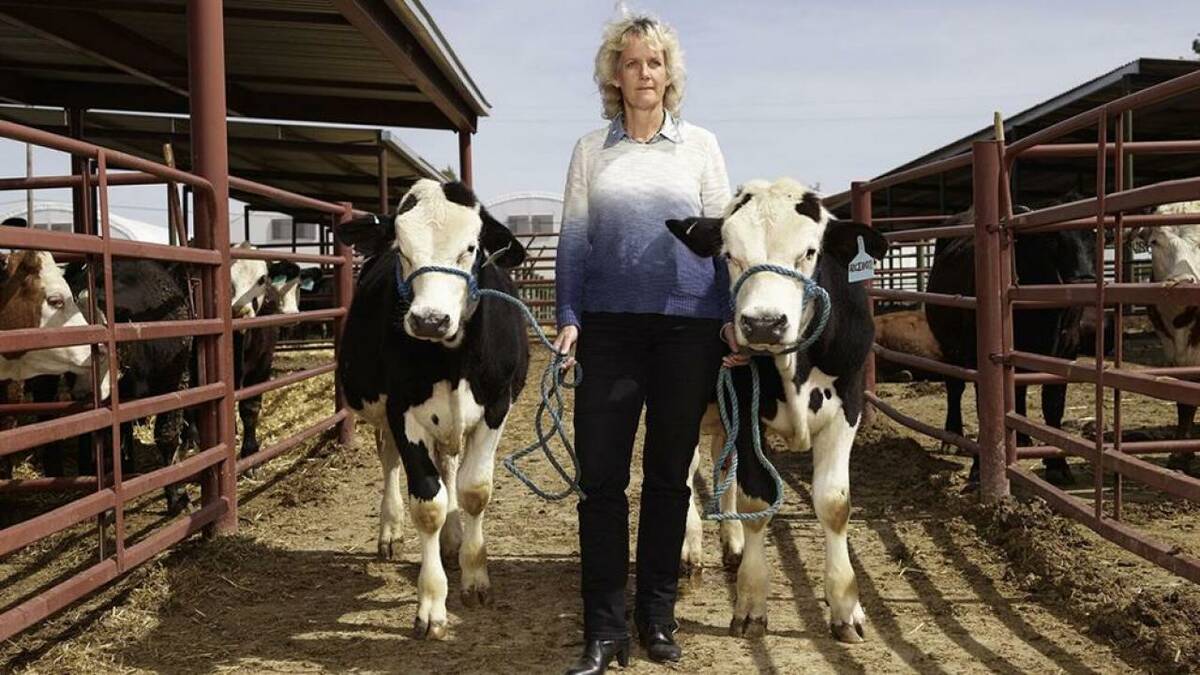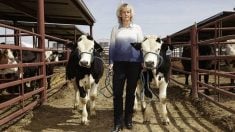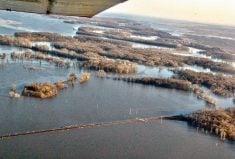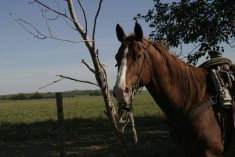Times in the cattle industry haven’t been this good in close to a decade, the Canadian Cattlemen’s Association president said last week.
And barring an unforeseen disaster, Travis Toews added, they should keep rolling for years.
“I think there is a level of optimism that we haven’t seen since prior to 2003 (and the BSE outbreak),” he said during the CCA’s annual general meeting in Ottawa.
“There is still caution out there, but prices are high and even with high feed costs and a $1.03 US dollar, people are making money. It is amazing.”
Read Also

Stacking Canada up on gene editing livestock
Canada may want to gauge how Argentina and other countries have approached gene editing in livestock and what that has meant for local innovation.
Toews said the profitability is coming in part because of growing world demand for beef from a rising middle class in many developing countries and in part because of government trade efforts that are opening more foreign markets to Canadian beef.
“The analysts I’ve been reading say we are looking at good prospects for a number of years,” he said.
“One of the factors that also has been involved is poor weather in recent years that has turned a lot of grain into feed grain. That is not good for the grain sector but it has given cattle producers an advantage for now.”
Toews also cautioned that conditions could change rapidly. A drought in the American corn belt could send corn and feed grain prices soaring, eating into cattle profitability.
Still, recent years of losses have taken their toll on the industry.
Toews said the national herd has declined 23 percent since 2005, when the herd was swollen with cattle held from the market because prices were so low.
“My guess is the number of producers has gone down more than that,” he said. “They were tough years but for those who survived, these are good times.”
Federal agriculture minister Gerry agreed with that assessment when Ritz spoke to the CCA meeting.
“The future is bright,” he told the friendly audience.
“We’re looking at buyers accepting the higher quality beef that we produce and paying premium prices for it.”
Ritz announced more than $8 million for the cattle industry:
• $5.3 million to upgrade information technology at the farm, feedlot and packing plant levels to allow exchange of data between the players;
• $2.5 million for research into reducing production costs, increasing feed efficiency and decreasing losses from animal health problems;
• $364,000 to help strengthen the on-farm food safety program.
A day later, Ritz kept the money flowing by announcing a $130,000 grant to the Canadian Renderers Association to help the industry develop international markets that have been reluctant to buy products produced from rendered Canadian cattle since BSE.
The association represents Canada’s three major rendering plants.
Ritz was clearly was among friends when he spoke to the CCA meeting.
“He is a farmer himself,” Toews said when introducing the minister.
“You don’t have to visit long with him to see he understands all the details of agriculture in this country.”
At the end of the speech, Ritz said he had time to take questions from the audience. There were none.
“We’re happy,” someone shouted.














